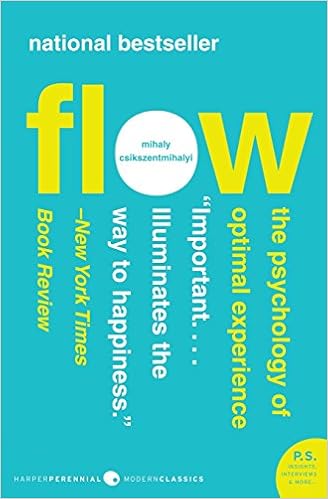Dan Ariely explores the ins and outs of dishonesty in his book “The (Honest) Truth About Dishonesty.” He explains what makes people likely to cheat or lie for personal gain through various social experiments and deducting from real-life experiences. Ariely emphasizes that when people can physically remove themselves farther from the act of cheating, they are more likely to commit the offense and peer pressure or justification can be a powerful factor that influences a person’s decision to cheat. This text is packed with diverse and creative examples and experiments to explain the author’s various findings that keep the reader intrigued.
While there are several experiments that explain why people do cheat, my favorite subject covered by Ariely was how subliminally persuade people to cheat less. Ariely’s crew set up an experiment in which people would be tasked with solving mathematical matrices within a time limit. The testees would be rewarded with an amount of money based on how many matrices they solved. In the control group, it would be impossible to cheat. There were two experimental groups in which people would solve matrices, shred their paper, and then take money from an envelope based on the honor system. This of course, tempted them to cheat or lie about their score, since it would be easy to get away with taking more money than one earned. In one of these experimental groups, everyone was asked to recall as many of the Ten Commandments as they could. Members of this group cheated less than members of the other experimental group. Ariely writes, “It seemed that merely trying to recall moral standards was enough to improve moral behavior.” Essentially, the Ten Commandments exercise restored the testees’ moral compass to true north in a significant number of cases. Being reminded of right and wrong steered people away from cheating.
The matrix exercise provides an excellent representation of intrinsic and extrinsic motivation. Members of the Ten Commandments group who opted to participate fairly did so due to the internal reward their choice yielded -- that reward being a feeling of moral righteousness. This intrinsic reward, combined with the small extrinsic reward of about two dollars, outweighed the sole extrinsic reward of the max winnings of ten dollars. The other group (the one who had the opportunity to cheat, but did not recall the Ten Commandments) was more enticed by the potential extrinsic reward of the ten dollars.
After reading of the Ten Commandments effect, I decided to test its power at my workplace. I work at a park, where thousands of visitors come through every day. I bought ten rings that resembled engagement rings, wedding bands, and the like (but were actually not worth anything). Twice a day I would place a ring on a picnic bench; one in the morning, one in the afternoon. During the morning experiment, I would say nothing to any park visitors. In the afternoon, I would approach guests in the picnic area explaining that someone had lost something of value and if it were to be found, to please bring it to the park office. At the end of each morning and afternoon I would check if the ring had been taken. If it was in the office, it had obviously been returned. If it was gone without a trace, I would know someone had kept it. For five days I tested the “Ten Commandment Theory.” The ring was returned three out of five times in the morning. However, the ring was not found one morning, possibly due to a lack of activity in the park. Seventy-five percent of the time the ring was found in the morning, it was returned. The ring was returned five out of five times in the afternoon -- a one-hundred percent success rate. Now, I understand that this experiment was nowhere near perfectly executed, but it was still fun to see the experiment work to some extent.
“Shoplifters will be prosecuted,” read signs in some of today’s shopping centers. This may be a more threatening deterrent compared to methods discussed previously, but it may be on the right track to decreasing dishonest behavior in modern society. If a person can be reminded of the “moral true north” on a regular basis, dishonest acts may be reduced overall. Ariely claims that, later in a stressful day, we experience “ego depletion,” or the inability to resist dishonest or immoral behavior. The Ten Commandments effect may prove useful in situations such as these, whether verbal or written reminders of what is morally right. These moral reminders may help reduce stealing and encourage proper diets and general positive behavior.










